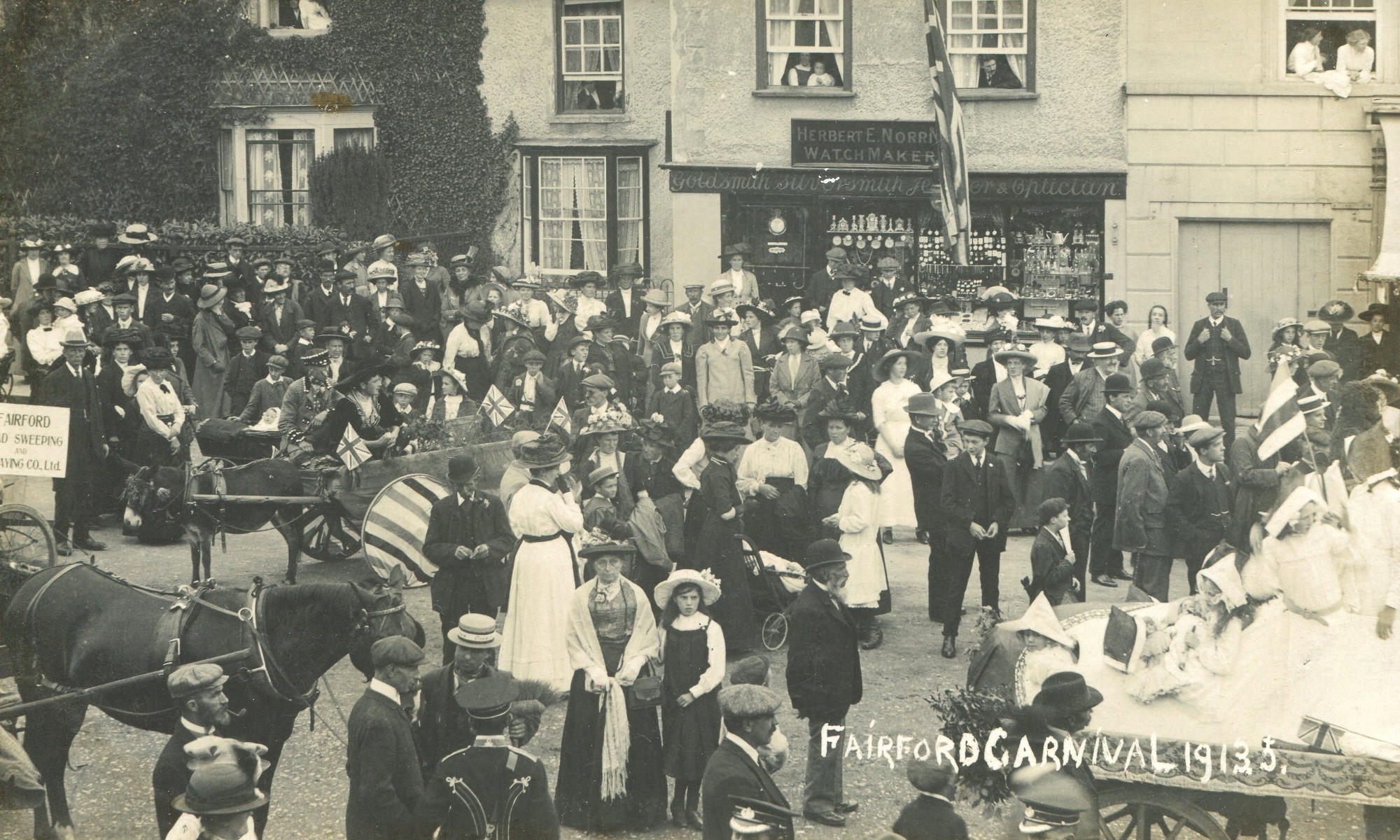The 1327 Lay Subsidy
The 1327 Lay Subsidy
In late 1326 a popular rebellion led by Roger Mortimer, 1st Earl of March resulted in King Edward II being deposed and imprisoned. The King’s closest supporter Hugh le Despenser the elder, who was lord of the manor of Fairford at that time, was captured and executed. The King’s son was crowned as Edward III on 25 January 1327 and his father died, probably murdered, while imprisoned in Berkeley Castle in September of that year. However, as the new king was only 14 years of age at that time England was in effect ruled by Mortimer and his lover Queen Isabella, Edward III’s mother. One of the earliest pieces of legislation of the new reign was passed in September to order a Lay Subsidy, a nationwide tax of the laity intended to raise money to renew hostilities against Scotland which Edward II had pursued unsuccessfully for some years.
The Lay Subsidy of 1327 was a flat rate tax of one twentieth of the value of each person’s moveable goods, hence the tax is also known as the Twentieth. The majority of moveable goods were cattle, sheep and crops and therefore the tax fell harder on the rural population than it did on those in the major towns. Two prominent local men in each county were appointed as Chief Taxers, those for Gloucestershire being Sir William Tracy and Robert de Aston. They then appointed other local men, known as Subtaxers, to conduct the assessment and collect the money from people. Those who were taxed included everyone from the lord of the manor down to his peasant tenants (both freemen and serfs), traders and craftsmen as long as they had moveable possessions worth at least 10 shillings. The list of names, the Roll, was drawn up and sent to the Exchequer in Westminster for approval. The assessment took some time to complete and it was not until between February and June of 1328 that the money was actually collected.
Fortunately the Lay Subsidy Roll for Gloucestershire has been preserved in The National Archives and lists about 9,000 names of residents who were taxed in the county. The list for Fairford (written as Fayreforde) consists of 81 names and this is one of the earliest sources of the names of inhabitants of medieval Fairford. The total value of the tax to be collected from Fairford was £7 and 17 shillings (equivalent to just over £4,800 in 2020 money).
As a comparison the figures for the local area is as follows:
Fairford 81 names £7 17s 0d
Kempsford 74 names £6 15s 1d
Lechlade 59 names £6 11s 4d
Meysey Hampton 19 names £2 14s 2d
Southrop 22 names £2 11s 2d
Hatherop 30 names £1 19s 11d
Quenington 16 names £1 16s 9d
The list of names for Fairford reveals some interesting information. Firstly, of the 81 residents assessed for tax, 14 of them were women; quite likely most of these would be widows who held property in their own right. One of the women was Alice de Warenne, Countess of Arundel who had been granted Fairford manor after her husband had been executed on the orders of Queen Isabella on 17 November 1326 for being one of the very few noble supporters of Edward II and the Despensers. Alice was assessed in the Subsidy Roll at 5 shillings and 6 pence, almost certainly nowhere near her real taxable value. Alice only remained Lady of the Manor of Fairford for about a year as it was granted back to Eleanor, the widow of Hugh le Despenser the younger, in 1328.
Despite Alice’s exhalted position she was not the highest rated person in Fairford in the Subsidy. William Spark was valued at 9 shillings and 4 pence and Robert Hikeman was close behind at 9 shillings and 3 pence. In the 15th Century members of the Hicheman family were living in Kempsford and Lechlade and Robert Hicheman was one of the executor’s of John Tame’s will of 1497. It is possible that Robert Hikeman was an ancestor of these Hichemans.
It seems that several families were dominant in Fairford in 1327. There were three members of the le Longe family: William, Agnes and Matilda who were assessed separately for a total of 6 shillings and 3 pence while the four members of the Pirk family were valued to a total of 11 shillings and 2 pence. There are five other instances of people bearing the same surname including Edith and Matilda de London. If this surname represents the origin of Edith and Matilda then they were not originally ‘locals’. Another potential non-local was William le Vlips who possibly came from what is now the Netherlands. Someone who most certainly was local was another woman, Alice Horcote. At this date Horcott may just have been a farm or a tiny hamlet at the most; there had been a mill on the Coln there from the early 12th Century but Horcott only consisted of seven houses by about 1710.
In the 14th Century many surnames were taken from occupations as well as from a place of residence or origin. James and John Baker are actually recorded as ‘Pistore’ (Latin for baker) in the Subsidy Roll while the name of Peter le Wolmonger is an indication of the wool trade that would prove to be the making of the Tames in the 15th and 16th centuries. William Abbot and John Bisshop may have acquired their surnames from them or one of the ancestors having been employed by the clergy.
The information in this article is drawn from an excellent book by Doctor Peter Franklin titled ‘The taxpayers of medieval Gloucestershire: An analysis of the 1326 Lay Subsidy Roll with a new edition of its text’ published by Alan Sutton in 1993.
Fairford Flyer 30
Fairford Flyer 29
OP 18: Women in the Windows of St Mary’s Church, Fairford
Women in the Windows of St Mary’s Church, Fairford by John Read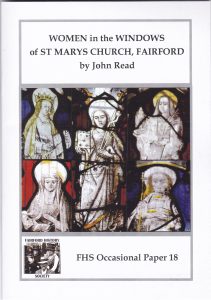
FHS Occasional Paper 18 Price £2.50
OP 15: The Swinging Sixties by Syd Flatman
The Swinging Sixties by Syd Flatman: a personal account of 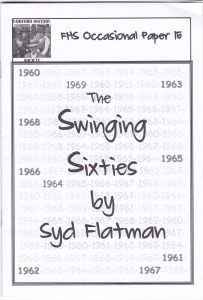
life in Fairford in the 1960s
FHS Occasional Paper 15 Price £1
Fairford Park Obelisk
The Obelisk
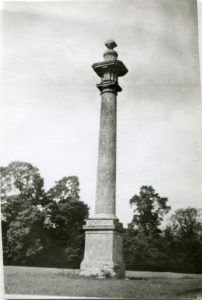
Many of you will have noticed the obelisk which stands isolated in a field off Leafield Road. It is Grade II listed and described as a Votive Column with a large square ashlar base with moulded plinth and cornice, unfluted Doric column with square section of entablature, surmounted by small cylindrical cap with ball finial set within square. There is no inscription.
It was built between 1751 and 1761 at which time the formal gardens of Fairford Park were being landscaped by James and Esther Lambe. The obelisk is in direct line of sight 1,220 meters from the north facing front entrance of the House. It would originally have been viewed through a long avenue of trees. If you stand at the back of the Stables occupied by the Ernest Cook Trust you have a splendid view of the Obelisk.
Fairford Workhouse
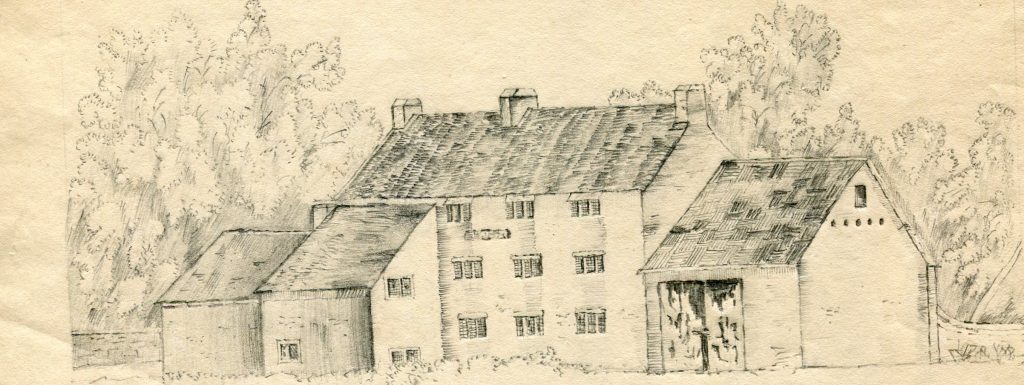
Fairford Workhouse, the ‘House of Industry’ opened in the Croft in 1773. There were 23 inmates in 1803 when the men dug stones in ‘ye Crofts’ and the women were paid 8d per pound spun flax and 6d per pound of woven sheeting. From that year’s income of £37, the Governor was paid a salary of £15, Barber Cowley received 6s 6d for ‘shaving ye old men’. Sarah Cowley had a new pair of stays costing 2s 6d; the inmates had 4s 3d between them to spend at the November fair, and the rest was expended on a hundredweight of soap, pig killing, funerals, tin cups and Epsom salts. The work house was pulled down in 1870 and the stones used to build the Infants’ School. It was approximately on the site of where Fairford Hospital is now.
Taken from June Lewis’s History of Fairford. 1982
Fairford Carnival c1894 -1956
FAIRFORD Carnival started as a ‘Cycle Carnival’ in 1894 replacing the old Smoking concerts of previous years. A profit of £30 was made, £35 of which was donated to the Cottage Hospital which was then in the end cottage next to the Cricket Field in Park Street. The other £5 started the Carnival Fund.
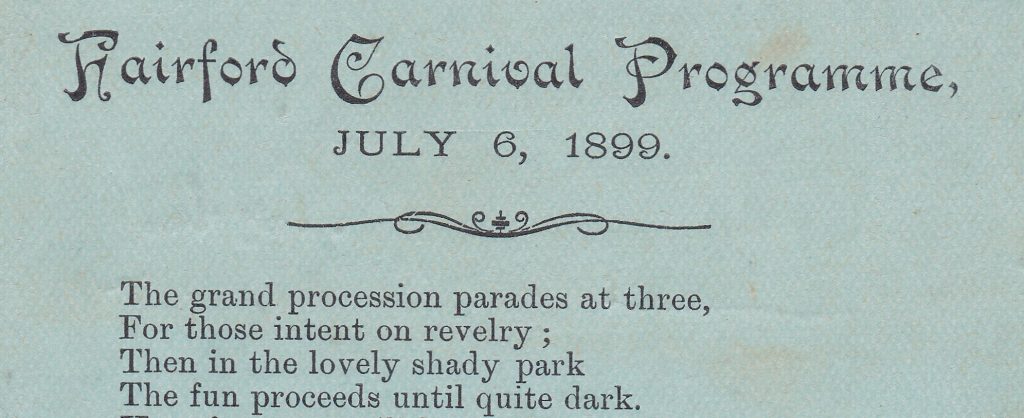
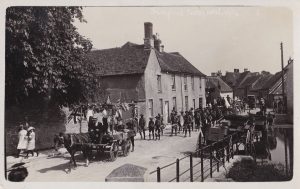
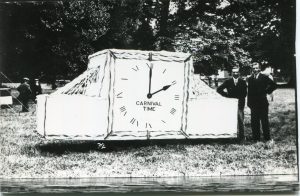
The Carnival became acknowledged as the greatest show in the West. Its heyday was in the 1930s. In 1937 the procession was so long that the head of the procession met the tail when progressing round the town. 32 Bands competed in the Band contest, 200 helpers served 5,000 teas and the Fairford shops ran out of food.
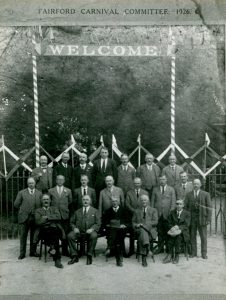
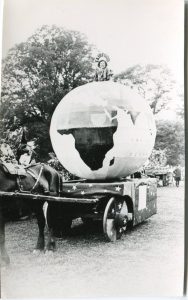
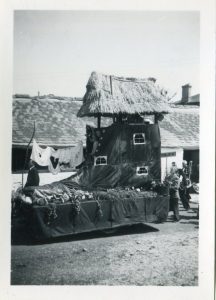
The Carnival ceased during both wars and shortly after World War 2, the National Health Service was formed so the Hospital no longer had to depend on local donations. The impetus was lost and the Carnival only ran from 1953-56.
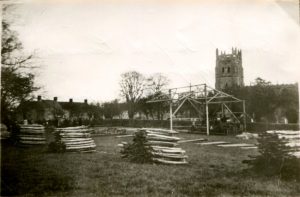
Ebenezer Pococke 1807-1864
Ebenezer Pococke was one of the private patients in The Retreat asylum in Fairford. The asylum was founded in 1822 by Alexander Iles in his house at the corner of Milton Street and Horcott Road. It was one of the few privately-owned asylums in Gloucestershire and during the 19th Century it built up a good reputation for the standard of care of its patients. Between 1822 and 1944, when it closed, The Retreat treated about 1,500 patients, some of whom ended their days there.
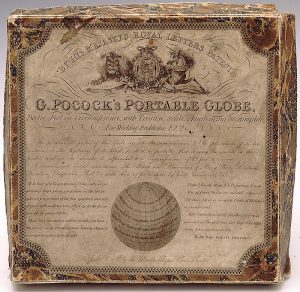
Ebenezer was born in Hungerford in 1807, one of the 14 children of George and Elizabeth Pococke. George was a Methodist preacher and master of a private academy in Bristol. George was also something of an inventor and experimented with large kites for pulling coaches and for carrying people. Assisted by Ebenezer, George Pococke also invented an inflatable globe made up of pieces of paper upon which sections of maps were printed. This invention had some commercial success and a few examples have survived in museums. In 1833 Ebenezer married Sarah Eliza Holder in Bristol and later the couple had two daughters. In the same year Ebenezer had a book published titled ‘Flowers of the East’, a study of Indian poetry and music. This presumably indicates that Ebenezer must have spent some time in the Indian subcontinent prior to 1833. Ebenezer entered Magdalen Hall in Oxford on 5 July 1838 where he would have received a classical education, but may not have obtained his degree.
Ebenezer followed his father’s profession and by 1841 was the master of a private school at Bitton which had 17 pupils. Ten years later he was living in Sunbury, Middlesex teaching just four female pupils and by 1861 his career had declined even further as he was boarding in a house in Winterbourne as a tutor possibly to the occupant’s children. At this date Ebenezer’s wife Sarah was living with her sister and brother-in-law in Sydenham, Kent and had possibly separated from her husband.
Ebenezer’s mental health had probably been poor for some time before he was admitted to The Retreat on 19 Dec 1863. The Retreat, like all private asylums, had a Board of Visitors who regularly inspected the establishment to ensure it was being managed in accordance with the legal and medical requirements. An entry in the Visitors’ Book dated 5 March 1864 noted that Ebenezer was suffering from ‘nervous weakness’.
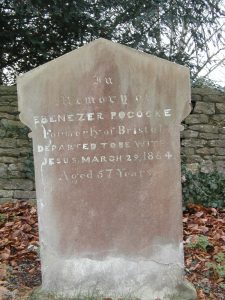
After just over three months as a patient Ebenezer Pococke died in The Retreat on 29 March 1864 at the age of 57. He was buried in St Mary’s churchyard directly opposite the grave of Alexander Iles, the founder of the institution where Ebenezer had spent his last days. He is one of the very few patients of The Retreat to have a headstone erected over his grave, presumably paid for either by his wife or his surviving siblings.
As an interesting footnote to the life of Ebenezer Pococke, his sister Martha married Dr Henry Mills Grace of Mangotsfield and in 1848 gave birth to a son, William Gilbert, universally known as ‘W G Grace’ one of England’s most celebrated cricketers.
